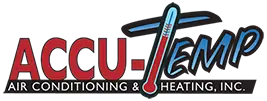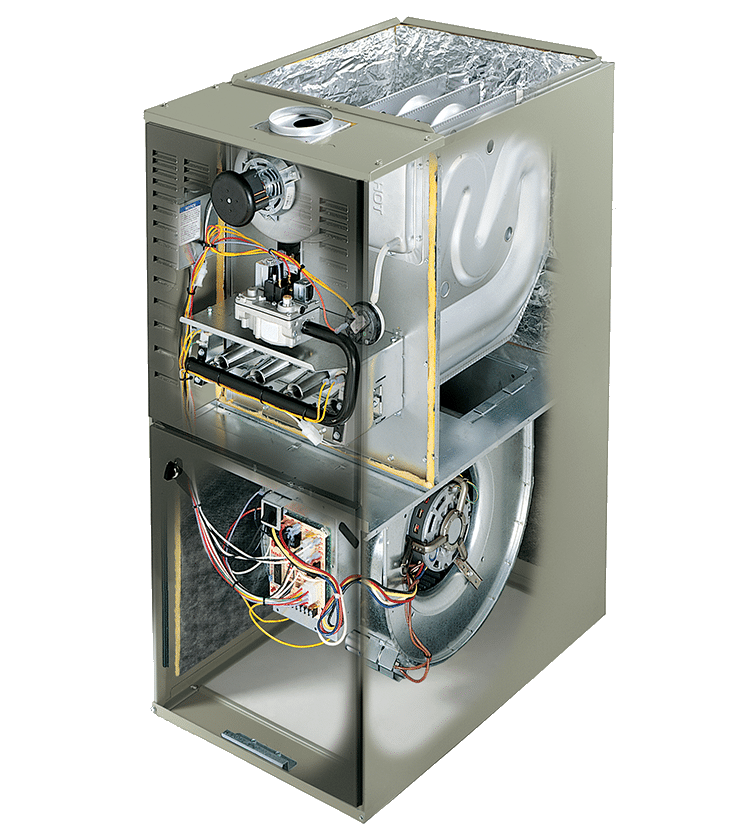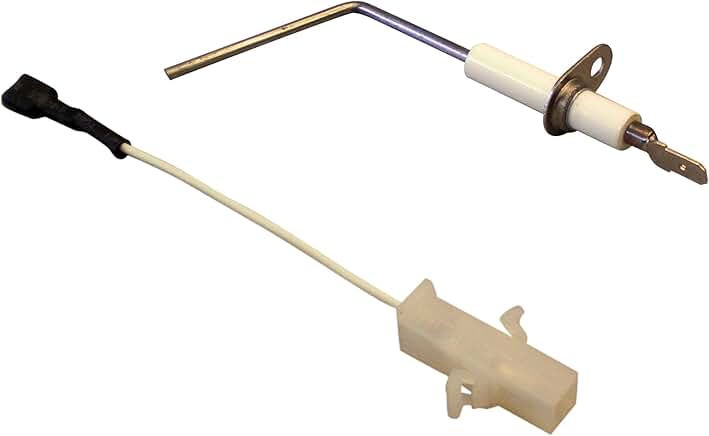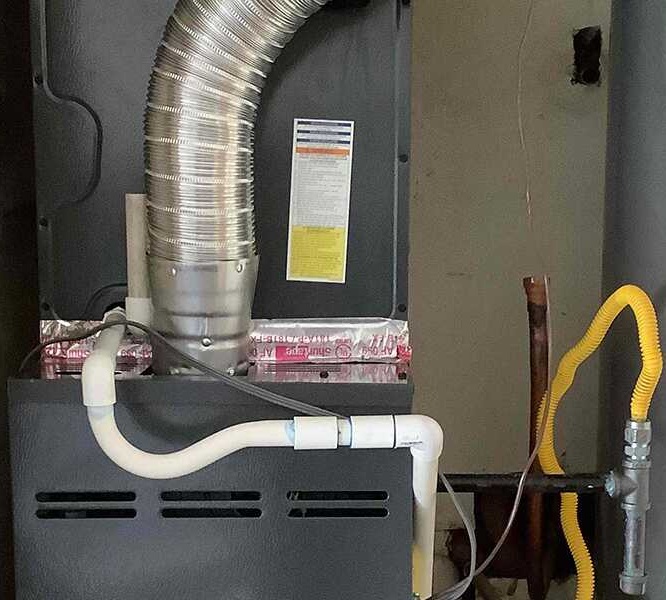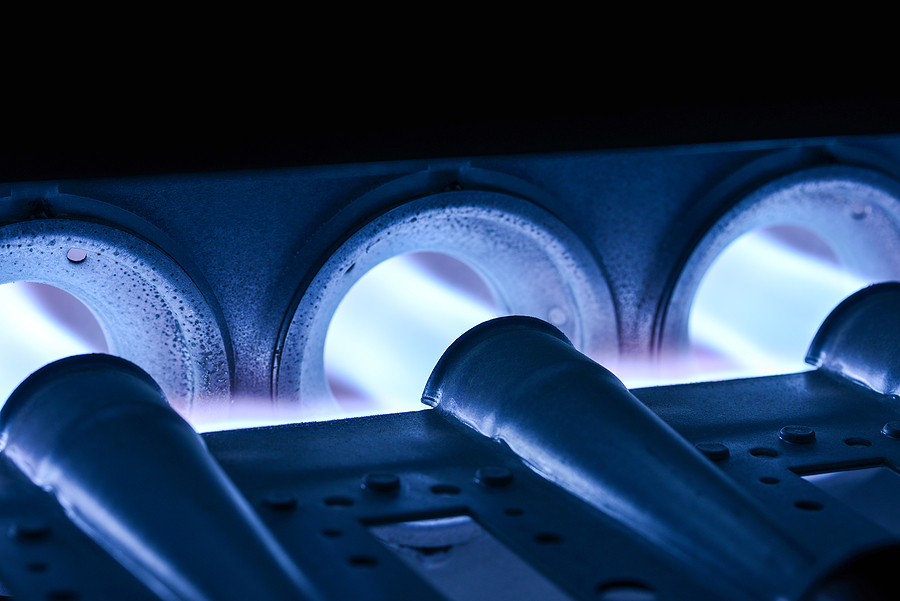Fall Furnace Maintenance: What to Expect During Your Seasonal Checkup
Fall’s here in Central Texas, and while we’re not exactly dealing with Minnesota winters, those chilly nights are coming. Your furnace has been sitting dormant since last spring, and just like your car after sitting in the garage all summer, it needs a little TLC before you fire it up for the season.
If you’ve ever wondered what actually happens during a professional fall maintenance visit, you’re in the right place. Let’s walk through the process step by step, so you know exactly what to expect when our technicians show up at your door.
Why Fall Maintenance Matters (Even in Texas)
Sure, we don’t get blizzards often in Austin, but we definitely get those surprise cold snaps that have everyone scrambling to turn on their heat. The last thing you want is to discover your furnace isn’t working properly at 6 AM on a 35-degree morning.
Fall maintenance catches small issues before they become big, expensive problems. It’s like getting your annual physical – most of the time everything’s fine, but occasionally we catch something early that saves you a lot of headaches down the road.
Step 1: Visual Inspection of Your Furnace
The first thing our technicians do is give your entire furnace system a thorough visual once-over. This isn’t just a quick glance – we’re looking for obvious signs of wear, damage, or potential safety issues.
We check for corrosion on the exterior, look for any signs of moisture issues, and make sure all panels and covers are properly secured. Sometimes homeowners use the area around their furnace for storage over the summer, so we also make sure there’s proper clearance and nothing combustible is too close to the unit.
This visual inspection often reveals issues that might not be obvious during normal operation. A small crack in the housing, a loose connection, or signs of pest intrusion are all things that are better caught early.
Step 2: Cleaning the Flame Sensor (The Unsung Hero)
Your furnace has a small component called a flame sensor that’s absolutely critical to safe operation. This little guy sits right in the flame and tells your furnace, “Yes, we have ignition, it’s safe to keep the gas flowing.”
The problem is, because it’s constantly exposed to the flame, it gets dirty. Really dirty. A thin layer of soot and buildup forms on the sensor, and when it gets thick enough, it can’t properly detect the flame anymore. When that happens, your furnace might start up and then shut right back down, leaving you wondering what’s wrong.
The fix is surprisingly simple – we use fine sandpaper to gently clean the sensor, removing all that buildup. It’s a quick process, but it prevents a lot of frustration and ensures your furnace will light reliably all season long.
Step 3: Checking the Blower Motor Capacitor
Not all furnaces have them, but if yours does, the blower motor capacitor is like the starter battery for your blower fan. It gives the motor the extra boost it needs to get spinning, especially when it’s been sitting idle.
Capacitors can weaken over time, and a weak capacitor means your blower motor has to work harder to start up. Eventually, it might not start at all. We test the capacitor to make sure it’s within the proper range and replace it if it’s getting weak. This is definitely not a DIY job – capacitors can hold a charge even when the power is off, so leave this one to the professionals.
Step 4: Wiring and Safety Check Around the Burner
This is where things get serious from a safety standpoint. We carefully inspect all the wiring around your furnace, looking for loose connections, frayed wires, or anything that could create a fire hazard.
The burner section gets special attention because this is where the actual combustion happens. Loose wiring near the burner isn’t just a performance issue – it’s a potential fire hazard. We make sure all connections are properly secured and nothing is positioned where it could be damaged by heat.
We also check that the electrical components are properly grounded and that all safety switches are functioning correctly. Your furnace has several built-in safety features designed to shut things down if something goes wrong, and we make sure they’re all working as designed.
Step 5: Testing the Start and Stop Sequence
Your furnace doesn’t just turn on like a light switch. There’s a specific sequence of events that has to happen in the right order for safe operation. We run through this entire sequence to make sure everything is working properly.
First, the thermostat calls for heat. Then the inducer fan starts to create proper draft. Next, the igniter heats up, the gas valve opens, and ignition occurs. The flame sensor confirms ignition, and then the blower motor kicks in to circulate the heated air. When the thermostat is satisfied, everything shuts down in reverse order.
If any step in this sequence isn’t working properly, it can cause problems ranging from poor heating performance to safety issues. We test each component to make sure the timing is right and everything is communicating properly.
Step 6: Carbon Monoxide Testing (This One’s Really Important)
Carbon monoxide is odorless, colorless, and deadly. It’s produced any time you burn fossil fuels, and while modern furnaces are designed to vent it safely outside, problems can develop over time.
We use specialized equipment to test for carbon monoxide at the flue pipe (where it’s supposed to be) and in your indoor air (where it definitely shouldn’t be). We check around the furnace, near the flue connection, and in your living areas to make sure there are no leaks.
This test gives you peace of mind that your furnace is operating safely and not putting your family at risk. If we do find elevated CO levels, we’ll identify the source and fix it before it becomes a serious problem. Learn about CO detectors for your home here.
Step 7: Flue Pipe Inspection and Safety Check
The flue pipe is how combustion gases exit your home, and it’s critical that it’s working properly. We inspect the entire flue system, looking for blockages, damage, or improper installation.
Birds sometimes build nests in flue pipes, leaves and debris can accumulate, or sections can come loose or develop holes. We also make sure the flue pipe isn’t in contact with any combustible materials. It gets hot and anything touching it could potentially catch fire.
The flue pipe needs proper slope and support, and all connections need to be secure. A compromised flue system can allow dangerous gases to enter your home instead of venting safely outside.
Step 8: Burner Flame Analysis
When your furnace is running properly, the burner flames should be a nice, steady blue color. Yellow or orange flames, or flames that dance around erratically, can indicate problems with gas pressure, air mixture, or burner cleanliness.
We observe the flames during operation to make sure they’re the right color, shape, and intensity. Proper flame characteristics ensure complete combustion, which means better efficiency and lower emissions. Poor flame quality can also indicate issues that might lead to carbon monoxide production.
Step 9: Air Filter Quality Check
Last but definitely not least, we check your air filter. This might seem basic, but a dirty filter is one of the most common causes of furnace problems and poor indoor air quality.
A clogged filter restricts airflow, making your furnace work harder and potentially causing it to overheat. It also means dust and allergens aren’t being filtered out of your air effectively. We check not just whether the filter needs to be replaced, but also whether you’re using the right type of filter for your system.
We’ll also show you where your filter is located and how to change it yourself – it’s something you should be doing every 1-2 months depending on your specific situation. Learn more about the importance of clean filters here.
What This All Means for You
By the time we’re done with your fall maintenance visit, you can rest easy knowing your furnace is ready for whatever winter throws at it. We’ve checked all the critical safety systems, cleaned the components that need cleaning, and tested everything to make sure it’s working properly.
Most importantly, we’ve given you peace of mind. You know your family is safe, your system is efficient, and you’re not likely to wake up to a cold house on the first really chilly morning of the year.
Regular maintenance isn’t just about preventing breakdowns – it’s about keeping your family comfortable and safe all season long. And here in Central Texas, where we might go from 80 degrees to 40 degrees in the span of 24 hours, having a reliable heating system isn’t just nice to have – it’s essential.
Ready to schedule your fall maintenance? Give us a call at Accu-Temp Air Conditioning & Heating, and we’ll get your furnace ready for the season ahead. Curious about what a Spring maintenance check entails? Read more about it here.
